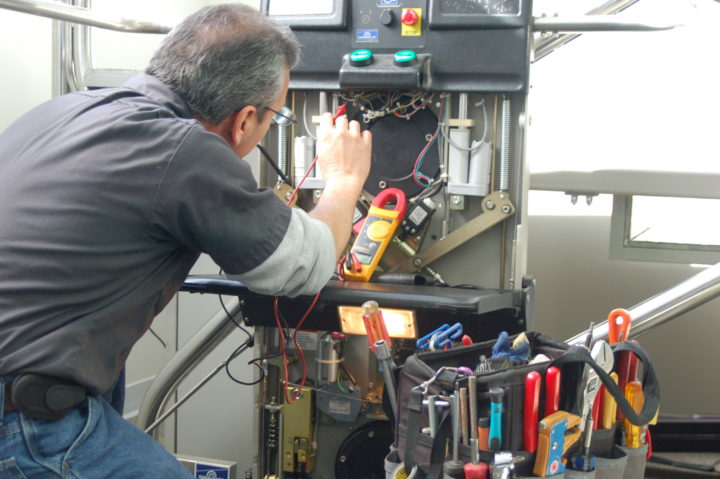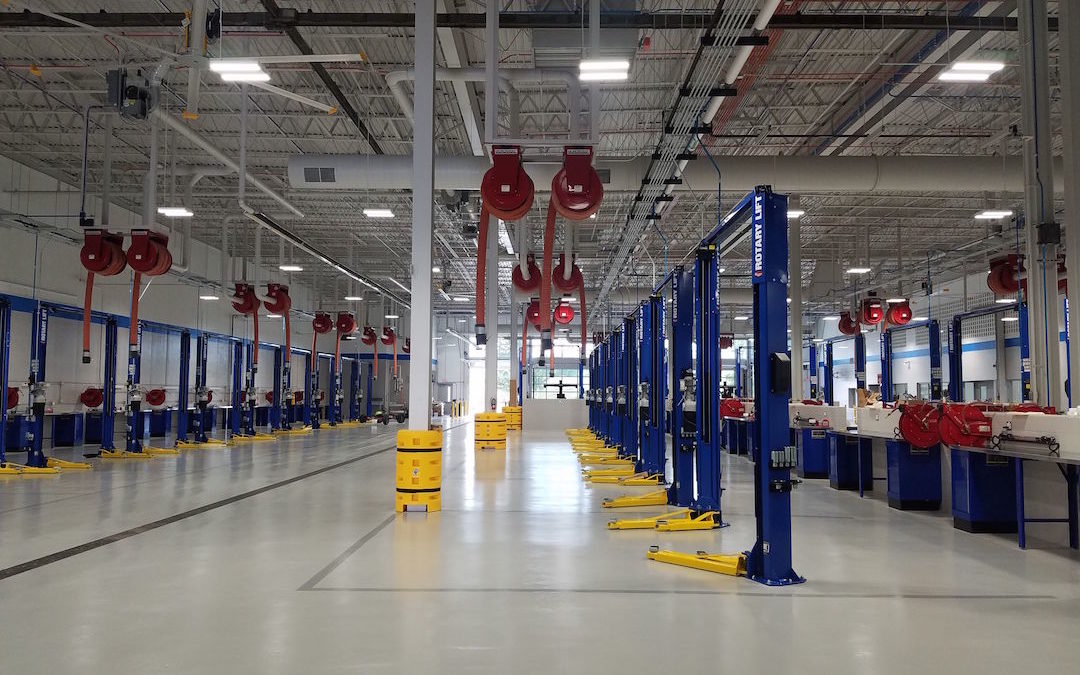Understanding System Lift Capacities: Necessary for Efficient Lift Service
Understanding System Lift Capacities: Necessary for Efficient Lift Service
Blog Article
A Thorough Technique to Enhancing Performance Through Strategic Lift Fixing Methods
A strategic and systematic method to lift repair service and upkeep is vital to maximize efficiency and minimize downtime. By addressing common lift problems, carrying out aggressive upkeep measures, and creating targeted fixing strategies, facilities can maximize their lift systems to operate at peak performance levels.
Relevance of Lift Performance Optimization
Understanding the value of maximizing lift performance is critical for making certain reliable and reputable vertical transport systems in different structures and frameworks. Lifts are vital elements of modern facilities, offering upright mobility for occupants and items within buildings of differing elevations. By maximizing lift efficiency, structure owners and center managers can enhance customer experience, enhance power effectiveness, and rise overall operational performance.
Effective lift efficiency optimization involves numerous factors, consisting of rate, capability, energy consumption, maintenance, and safety and security requirements. Correctly maximized lifts can decrease wait times for customers, specifically in high-traffic buildings, causing improved fulfillment and performance. Furthermore, maximized lifts add to energy financial savings by making use of advanced control systems and technologies that decrease power usage without endangering performance.

Identifying Common Lift Issues
Identifying usual lift concerns is necessary for preserving the operational performance and safety and security of vertical transportation systems in structures. This problem can be indicative of troubles with the lift's motor, control system, or even the alignment of the lift car.
One more prevalent lift problem is weird noises originating from the lift shaft or equipment space. These sounds can vary from grinding or scuffing audios to loud clunking noises, all of which might signal underlying mechanical issues that require prompt focus. Furthermore, constant door breakdowns, such as doors closed or shutting appropriately, can interfere with the smooth circulation of travelers and present security dangers.
Executing Positive Maintenance Actions
To maximize the efficiency and durability of lift systems, proactive upkeep actions play an essential role in ensuring functional dependability and security. lift breakdown. Applying aggressive upkeep includes systematically examining, servicing, and repairing parts prior to they fall short, hence protecting against costly downtime and prospective security dangers. Regularly set up assessments can assist identify small problems before they rise into major troubles, inevitably prolonging the life expectancy of lift systems
One secret aspect of aggressive maintenance is developing a comprehensive maintenance schedule based on maker recommendations and sector best techniques. This timetable must describe jobs such as lubrication, positioning checks, and part substitutes at specified intervals. Additionally, implementing problem tracking techniques, such as resonance analysis and thermal imaging, can help spot very early indications of wear or breakdown.
Additionally, training upkeep staff on appropriate evaluation strategies and preventive maintenance procedures is vital for the successful application of aggressive upkeep steps. By cultivating a culture of positive upkeep within a company, lift systems can run at peak performance levels, minimizing interruptions and making certain the safety and security of users.
Developing Targeted Repair Work Plans
Upon evaluating the upkeep additional reading documents and efficiency information, the design team can create targeted repair strategies to resolve details concerns and maximize lift system performance. These repair service plans are customized to the determined problems, guaranteeing that resources are concentrated on resolving crucial issues successfully. By focusing on repair work based on their impact on efficiency and safety and security, the targeted fixing plans help decrease downtime and upkeep prices while making the most of the lift system's integrity.
Developing these plans entails a thorough evaluation of the lift system elements, consisting of electric motors, wires, brakes, and control systems. With this detailed visit this web-site analysis, the engineering team can identify the origin causes of any kind of malfunctions or destruction in efficiency. This information is then made use of to create a roadmap for the repair process, detailing the needed steps, timeline, and sources required to attend to each issue properly.
Furthermore, targeted fixing plans might consist of preventative steps to boost the lift system's longevity and efficiency. By proactively addressing prospective concerns before they intensify, these strategies add to the general performance and safety of the lift system.
Making Use Of Data-Driven Insights
Taking advantage of the power of data-driven understandings is important in maximizing lift system performance and maintenance effectiveness. These anticipating upkeep approaches help avoid unforeseen breakdowns, lower downtime, and extend the life expectancy of lift systems.

Conclusion
To conclude, optimizing lift efficiency is critical for guaranteeing performance and safety link in buildings. By determining common lift issues, applying aggressive maintenance procedures, creating targeted repair strategies, and making use of data-driven understandings, organizations can enhance performance and lessen downtime. It is necessary to take a comprehensive approach to lift repair service strategies to take full advantage of functional effectiveness and make sure the long life of lift systems.
By dealing with typical lift concerns, executing proactive upkeep actions, and developing targeted repair strategies, centers can enhance their lift systems to run at peak efficiency degrees.Another widespread lift problem is weird noises rising from the lift shaft or machinery area.Upon examining the maintenance records and efficiency information, the design team can establish targeted repair work strategies to optimize and resolve certain problems lift system functionality. By focusing on fixings based on their influence on performance and safety, the targeted fixing plans aid minimize downtime and upkeep costs while maximizing the lift system's dependability.
It is essential to take a thorough approach to raise repair approaches to maximize functional effectiveness and ensure the long life of lift systems.
Report this page